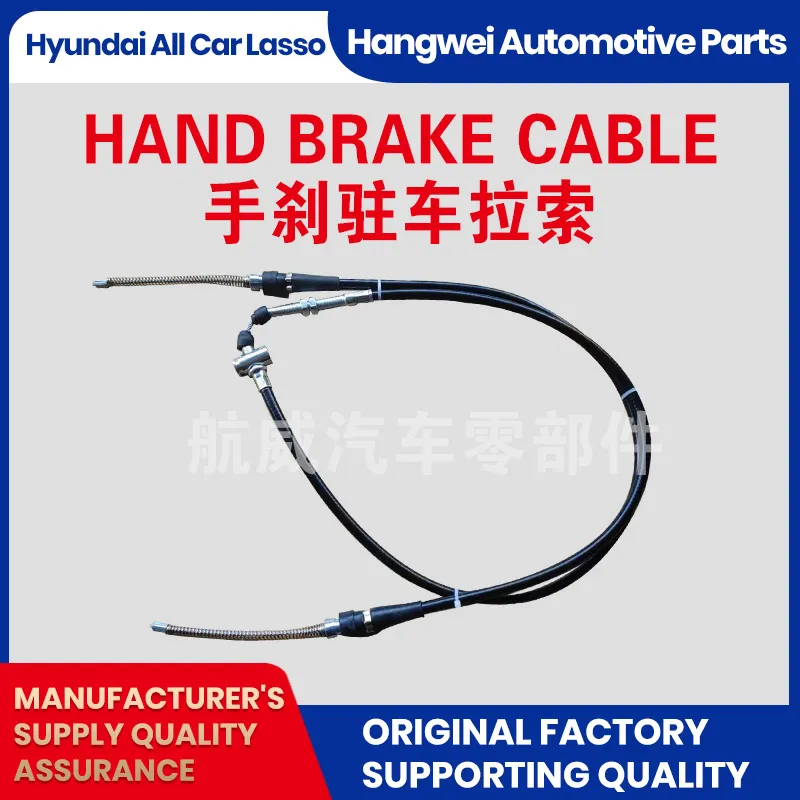Throttle Linkage Connection for Enhanced Engine Performance and Control Techniques
Understanding Throttle Rod Linkage Function and Importance
Throttle rod linkage, often referred to simply as throttle linkage, plays a crucial role in the operation of an internal combustion engine. It serves as the mechanical connection between the accelerator pedal and the throttle body, facilitating the control of air and fuel mixture entering the engine. Despite its relatively simple design, the functionality and importance of throttle rod linkage cannot be overstated. In this article, we will explore the components, operational mechanism, and significance of throttle rod linkage in vehicles.
Components of Throttle Rod Linkage
The throttle rod linkage system consists of several key components, including the accelerator pedal, throttle rods, pivot points, and the throttle body itself. The accelerator pedal is the driver-controlled part that initiates the linkage’s function. When the driver presses down on the pedal, the movement is transferred to a series of rods and levers that connect to the throttle body.
1. Accelerator Pedal This is a simple lever that converts the driver’s input into mechanical motion. 2. Rod Assembly The throttle rods or linkage rods are typically made of durable metal or reinforced plastic that transmits the pedal movement to the throttle body. They are designed to withstand the stresses induced during operation. 3. Pivot Points and Joints These play a critical role in ensuring smooth and efficient movement across the throttle linkage system. They allow for the necessary angular motion and adjustability while minimizing friction. 4. Throttle Body The throttle body regulates the amount of air entering the engine, thereby controlling engine performance. As the linkage connects to the throttle plate, it opens and closes based on the driver’s input.
Operational Mechanism
When the driver presses the accelerator pedal, the rod linkage responds by pulling or pushing the throttle body’s mechanism. The motion of the pedal provides a proportional response at the throttle body, allowing more air to be drawn into the engine. This intake of air, combined with fuel, is crucial for combustion and overall engine performance.
The throttle rod linkage ensures that the engine responds in real-time to the driver’s commands, allowing for smooth acceleration and deceleration. Modern vehicles may utilize electronic throttle control systems, which replace traditional mechanical linkages with electronic sensors and motors. However, understanding the mechanical aspect remains vital, especially in older vehicles or for those interested in automotive mechanics.
throttle rod linkage

Maintenance and Adjustments
Proper maintenance of the throttle rod linkage is essential for optimal engine performance. Various factors, such as wear and tear, corrosion, or misalignment, can affect its functionality, leading to poor acceleration response or stalling issues. Regular inspections to check for loose connections, rust, or damaged rods can prevent complications. Lubrication of pivot points and joints is also recommended to minimize friction and ensure smooth operation.
In some cases, adjustments may be necessary to ensure proper tension and alignment of the throttle rod linkage. This is particularly true for older vehicles that may have experienced wear over time. Ensuring that the throttle opens fully during acceleration is crucial for maximizing engine performance.
Importance in Automotive Performance
The significance of throttle rod linkage extends beyond its basic operational function. A well-maintained throttle linkage contributes to improved fuel efficiency, lower emissions, and better overall vehicle performance. Irregularities in the throttle response can lead to poor driving experiences and increased wear on engine components.
In motorsport applications, precise throttle response can be the difference between winning and losing a race. Therefore, racers often focus on optimizing their throttle linkage setup to achieve the desired response in acceleration and deceleration.
Conclusion
In conclusion, throttle rod linkage, while often overlooked, is a critical component of a vehicle’s engine management system. Understanding its function and the intricacies of its operation can enlighten both car enthusiasts and everyday drivers about the mechanics behind their vehicle’s performance. Regular maintenance and timely adjustments to the throttle linkage can ensure optimal vehicle operation, contributing to a safer and more enjoyable driving experience. As technology continues to evolve, so will the systems that control our vehicles, yet the foundational principles of throttle rod linkage will always remain relevant in understanding how we interact with our machines.
-
Workings of Clutch Pipe and Hose SystemsNewsJun.04,2025
-
The Inner Workings of Hand Brake Cable SystemsNewsJun.04,2025
-
The Secrets of Throttle and Accelerator CablesNewsJun.04,2025
-
The Hidden Lifeline of Your Transmission Gear Shift CablesNewsJun.04,2025
-
Demystifying Gear Cables and Shift LinkagesNewsJun.04,2025
-
Decoding Clutch Line Systems A Comprehensive GuideNewsJun.04,2025
